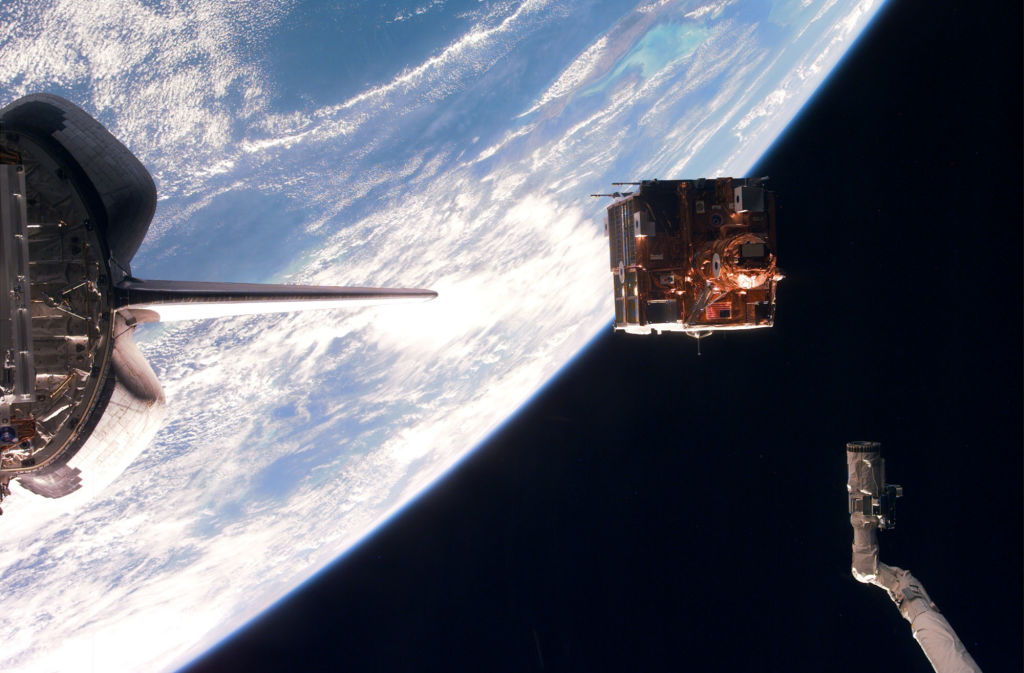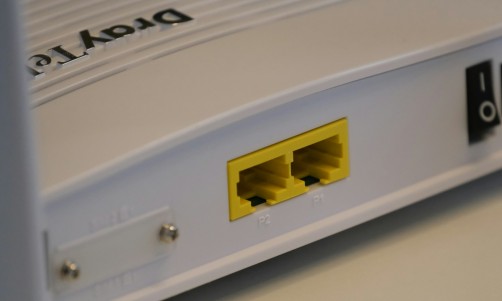Despite their best efforts, astronomers recently discovered a blind spot in telescope algorithms. Large asteroids coming from this direction will be undetected by NASA. Fortunately, there are a few countermeasures for this asteroid danger.
As reported by The Telegraph (via The Sun), astronomers funded by the US space agency reported the details of this blind spot in the sky. Their research revealed that objects heading towards Earth at nighttime from the east could appear stationary because of the planet's orbit.
NASA Asteroid Danger: Earth Blind Spot
Note that the extensive network of computerized telescopes launched across Earth are generally programmed in one algorithm. They are all customized to be alert for moving objects in space to avoid false alarms on supernova and flare stars signatures.
The program is reliable for detecting space objects in the west because of the planet's gravitational eastward spin. Unfortunately, the same cannot be said for the east.
When asteroids approach Earth from the eastern skies, the planet's curved orbit makes the objects appear stationary. The researcher's findings, which The Sun said was published in the journal Icarus, revealed that 50 percent of the impactors appear to be in slow motion.
The research team emphasized that sky watchers "should take extra care" when observing the objects from the eastern skies. If experts detect any asteroids, they should "aggressively follow up" research on it.
NASA Asteroid Warning: How to Fix the Blind Spot
However, the research team leader Professor Richard Wainscoat of the University of Hawaii said that the blind spot is something people "shouldn't lose sleep" over. He explained that there are multiple solutions to fix the issue.
First, other experts can update the telescopes' algorithms to overcome the stationary effect. Once the telescopes have been updated, they should be fully capable of detecting incoming threats.
On top of that, NASA is also setting up Earth's planetary defense mechanism. One of them is the heavy spaceship program called Double Asteroid Redirection Test (DART) which tests a theory to smash a spacecraft on an asteroid in an attempt to knock it off course. The situation is still progressing, and researchers have yet to confirm the reliability of this method.
Professor Wainscoat pointed out that only 40 percent of the large asteroids approaching Earth have been catalogued by experts. "We've got a way to go. Once we have catalogued more than 90%, the number that can creep up on us from this direction (east) will be small," per The Sun.
The Earth's blind spot is an alarming revelation. However, experts clearly know to resolve the issue. Maybe space fans can look forward to amazing upgrades later this year which can help improve the situation.
Fans might also be interested in a potentially hazardous asteroid scheduled to pass by Earth on Tuesday. This enormous asteroid is estimated to be two times the size of the Empire State Building! Full details are available in this article.
Related Article: NASA Rover's Search for Life on Mars Allegedly Lead to Discovery of Frog-Like Rocks on Red Planet?















